Tackling Invasives: Early Spring Season Work
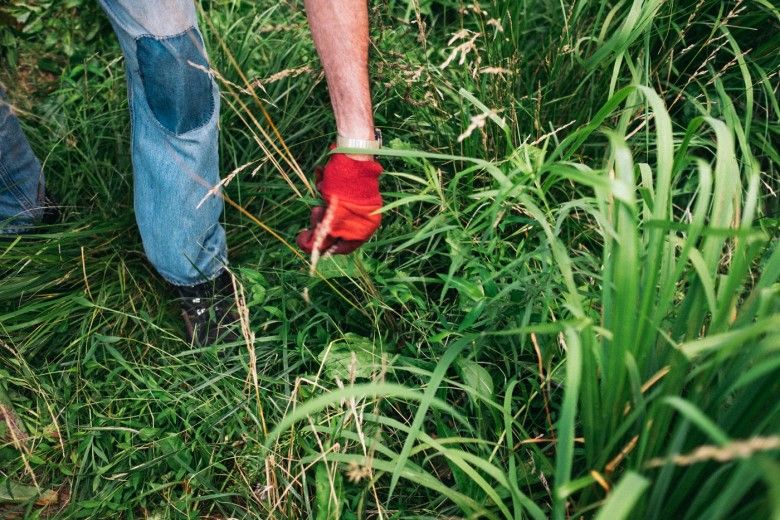
As the winter season fades and people become eager to get outside in anticipation of the warmer days of spring, there are quite a few invasive plant species also looking to exploit the early warmth and longer days. While most of the native floral communities are still in dormancy, a few species take advantage of this lack of competition by emerging very early in the spring season.
The variety of non-native herbaceous and woody species that germinate before our native species is on full display during this brief time of year. Fortunately, this phenological difference presents a unique window of opportunity to manage early emergent non-native species without affecting native vegetation.
This early spring “green-up” by non-native species allows homeowners to visually identify areas heavily infested with invasive species and to develop an approach to managing the site on their property. Over the years, staff at the Brandywine Conservancy has been able to successfully take advantage of this window of opportunity to control several species of plants in a short period of time.
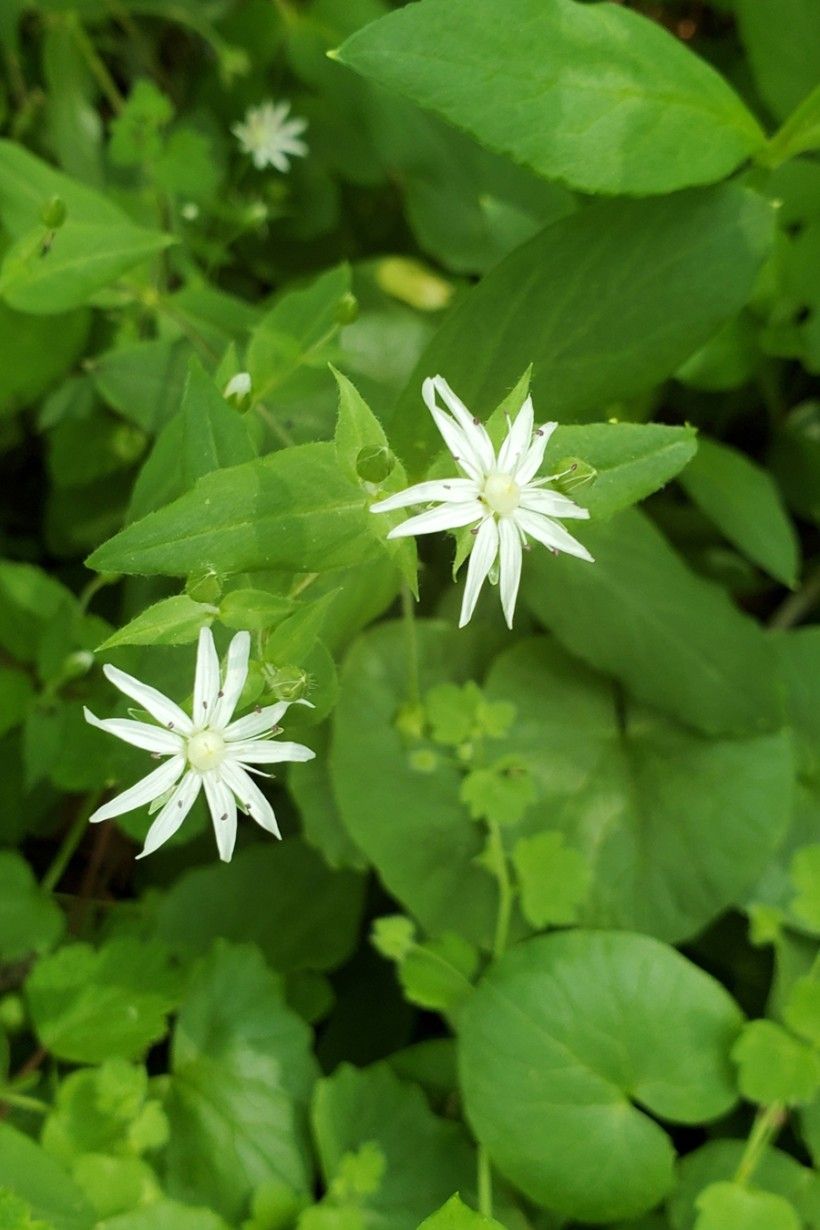
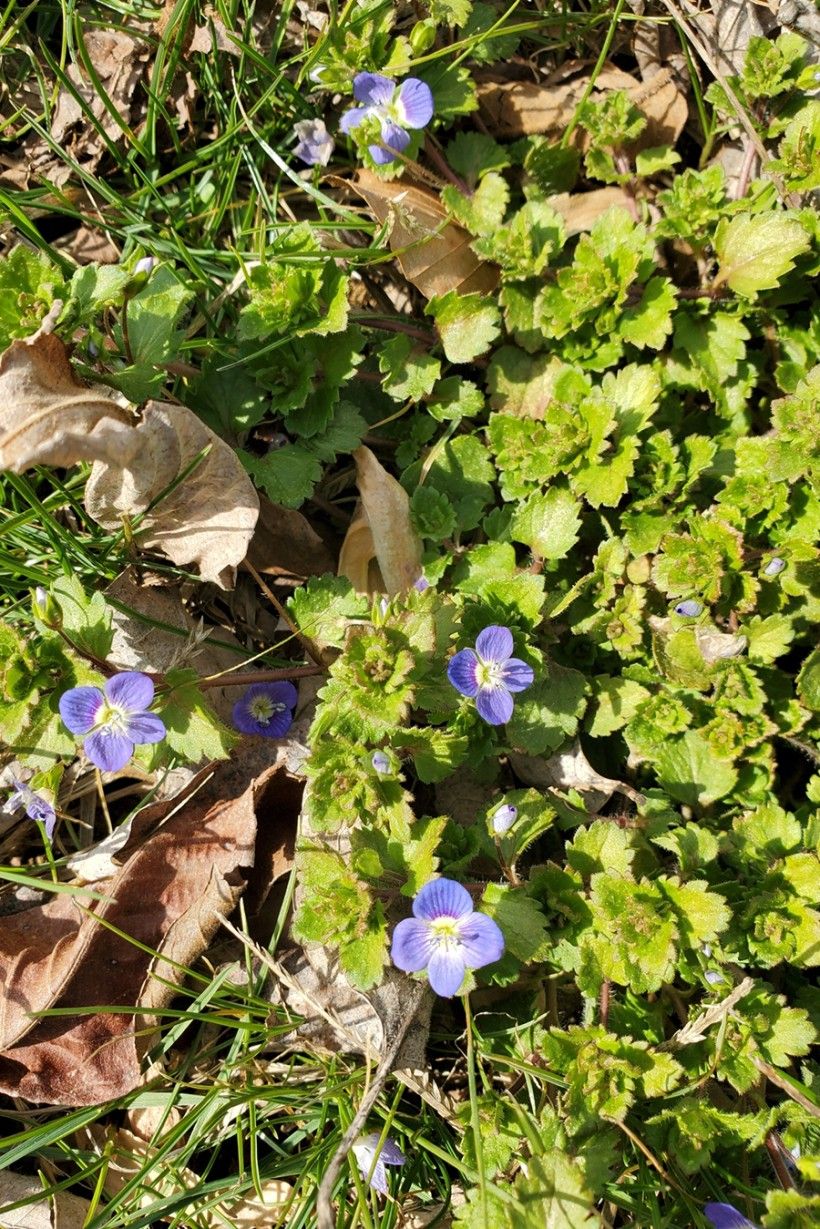
Below you’ll find a list of some early season plants our staff has discovered in our woodland and ecotone habitats:
- Star Chickweed (Stellaria pubera)
- Common Chickweed (Stellaria media)
- Hairy Bittercress (Cardamine hirsute)
- Narrow-leaved Bittercress (Cardamine impatiens)
- Cuckooflower (Cardamine pratensis)
- Heath Speedwell (Veronica officinalis)
- Ivy-leaved Speedwell (Veronica hederifolia)
- Birds-eye Speedwell (Veronica persica)
- Dames Rocket (Hesperis matronalis)
- Nipplewort (Lapsana communis)
- Incised Fumewort (Corydalis incisa)
- Carpet-bugle (Ajuga reptans)
- Ground Ivy (Glechoma hederacea)
- Garlic Mustard (Alliaria petiolate)
The list may seem overwhelming, but there are ways to address these species in the woodland setting that will ultimately lead to a more diverse and resilient ecosystem.
Pre-Emergent Herbicide
Due to the ecological concerns, some people are understandably reluctant to use herbicides. In the case of invasives, however, many experts feel that their judicious application is better than letting the plants thrive. Most of the Brandywine Conservancy staff use herbicides in our work. We certainly don’t discourage people from using them on their own land, we just try to advise homeowners to use the best chemicals and techniques for the application—and in the right concentrations—in the appropriate conditions for their properties.
Pre-emergent herbicides are a class of herbicides used specifically to stop seeds from germinating. By applying these herbicides before the growth, only plants that are germinating at this early time of year will be affected. With the species-specific nature of herbicides, and the specific mode of action, this is a very safe and effective way to control these early species without harming native vegetation.
Brandywine Conservancy staff have had success with an application of Pendulum AquaCap in late March. This herbicide is applied with backpack sprayers to areas inhabited by invasive plants the prior year. We use 1.6 – 3.2 oz of Pendulum per 1,000 sq ft of area. Pendulum is specifically a pre-emergent herbicide and will not harm plants that have germinated already or are green. It will not harm ferns, Juncus, Carex or other green rosettes of native vegetation if they are present.
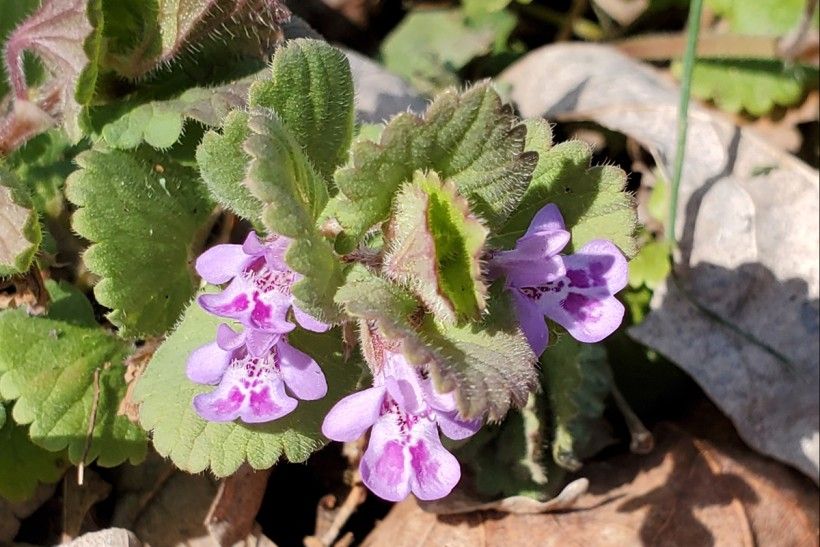
During this early application, staff has also begun to experiment with adding ammonium salt of imazapic to the application at an application rate of .25 oz/gallon water. At times, a non-ionic surfactant will be added. This combination of herbicides has been very effective at controlling the germination of stiltgrass and mile-a-minute and any of the herbaceous plants listed above. This imazapic does have both pre- and post-emergent properties and will control a broader spectrum of plants over a longer period.
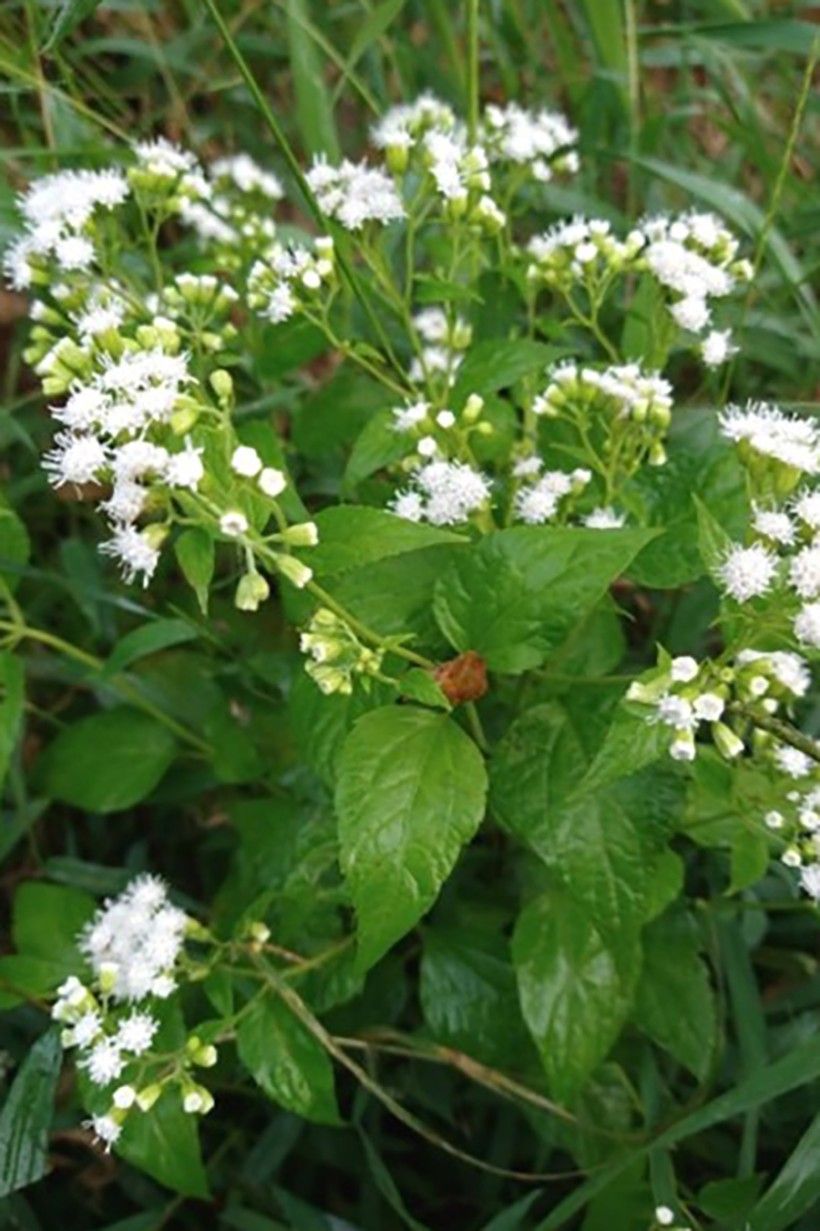
Native Vegetation
After treatment, the area will need to be planted with native plants to prevent invasives from reestablishing. Fortunately, areas usually respond with growth from native violets, carex species and native vegetation. One species that really seems to do well after treatment is White Snakeroot (Ageratina altissima), a woodland wildflower that deer do not eat. This native species tends to be more aggressive and can outcompete some invasives. Planting large shrubs and trees is also recommended as they will shade out sun-loving invasives like mile-a-minute when they mature.
Another option is to sow the area with a native seed mix. Spring and fall are the best time to plant seeds but keep in mind that most of our native seeds need to go through a couple cold seasons before they begin to establish themselves. The planting area will likely need to be monitored for invasives in the meantime.
Minimizing Disturbances
Another key to preventing invasives from recolonizing is minimizing disturbances, especially in places that were recently treated with herbicide. Disturbed soils create the opportunity for non-native species to establish and create a difficult scenario for control. Try to reduce equipment or vehicle use in woodlands and ecotones. Try not to use the tractor or bush hog in these areas if possible. The results usually end up with an area covered in Japanese stiltgrass or Mile-a-minute.
Keep in mind this article offers very general advice for controlling invasives in early spring and that every space is a unique ecosystem with its own management challenges. We would highly recommend you reach out to Brandywine Conservancy staff to ask any questions regarding the plants you may have on your property or ways to manage them. We would certainly be willing to do a site visit and offer any consultation regarding work you may be planning to perform on your open space. You can contact Brandywine Conservancy staff at [email protected].